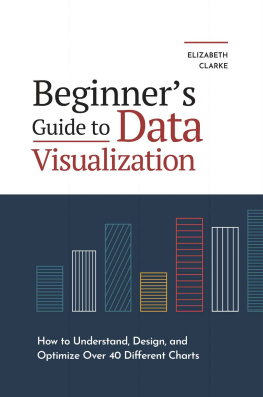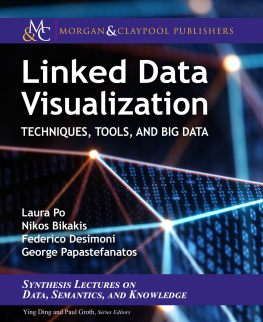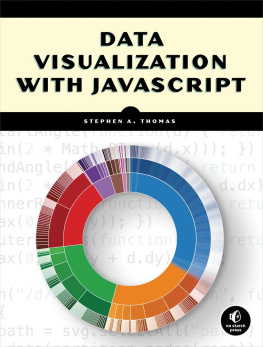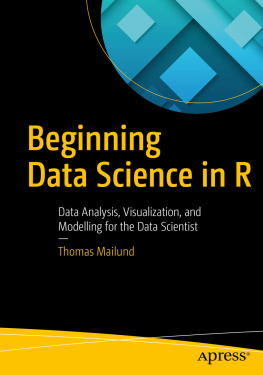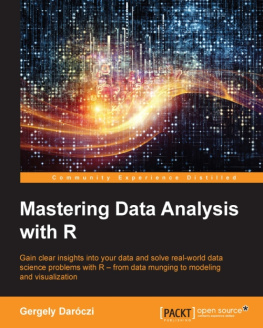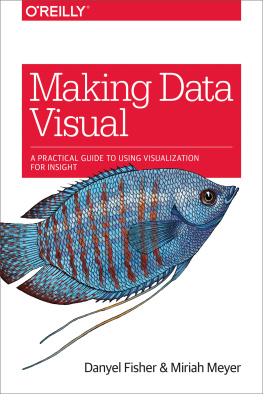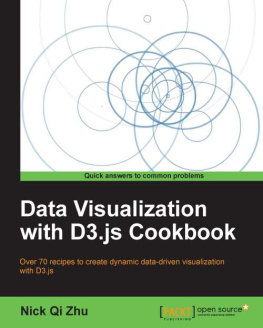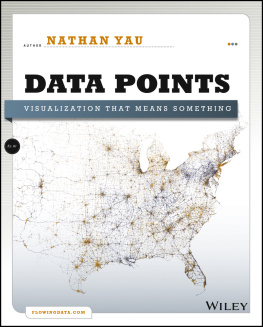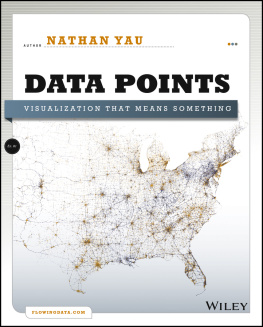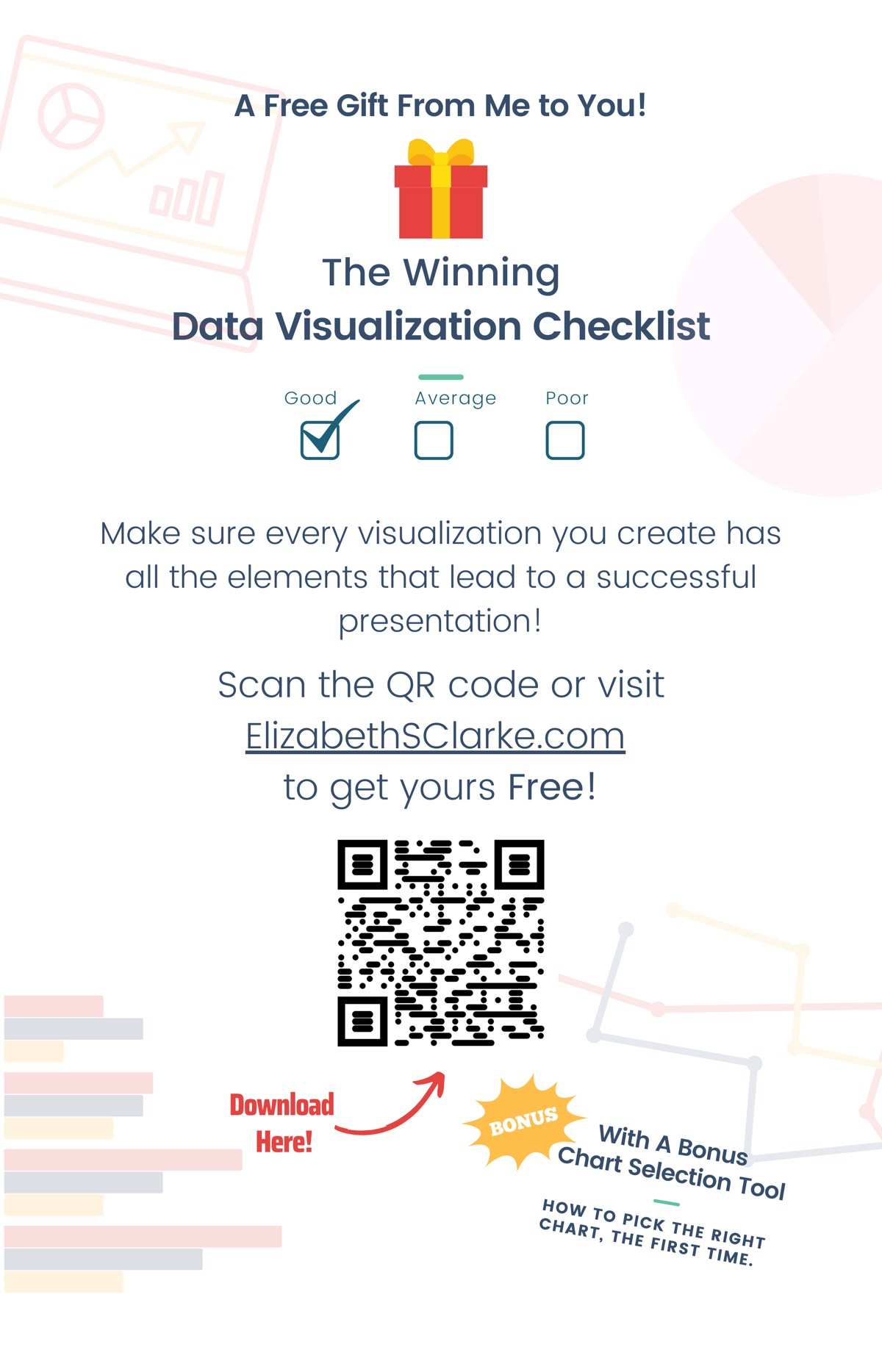The content contained within this book may not be reproduced, duplicated or transmitted without direct written permission from the author or the publisher.
Under no circumstances will any blame or legal responsibility be held against the publisher, or author, for any damages, reparation, or monetary loss due to the information contained within this book. Either directly or indirectly. You are responsible for your own choices, actions, and results.
This book is copyright protected. This book is only for personal use. You cannot amend, distribute, sell, use, quote or paraphrase any part, or the content within this book, without the consent of the author or publisher.
Please note the information contained within this document is for educational and entertainment purposes only. All effort has been executed to present accurate, up to date, and reliable, complete information. No warranties of any kind are declared or implied. Readers acknowledge that the author is not engaging in the rendering of legal, financial, medical or professional advice. The content within this book has been derived from various sources. Please consult a licensed professional before attempting any techniques outlined in this book.
By reading this document, the reader agrees that under no circumstances is the author responsible for any losses, direct or indirect, which are incurred as a result of the use of the information contained within this document, including, but not limited to, errors, omissions, or inaccuracies.
INTRODUCTION
Whether you say it d-ay-ta or d-ah-ta, data has been around for a long, long time. In fact, the history books have records of data collection tools dating back as far as 19,000 BC. This came in the form of an Ishango bone, which was used as a tally stick. The Ishango bone was a primitive brown bone tool consisting of a length of bone with a sharp object like a piece of quartz on one end. Before what we know as modern mathematics or libraries were ever invented, human beings were already interacting with data.
Of course, as humans have evolved, so has how we collect and store data. Naturally, how we display data in visual form has also moved with the times.
Before the Industrial Revolution in the mid-19th century, the main forms of data visualization were maps, which we used as displays of resources, land markers, roads, and cities. But now Line charts, area charts, histograms, heat maps, pie charts, bar charts I really can go on and on. There is no shortage of ways that data can be presented in a visual format, and, of course, this variety makes it so that any type of data can be given a visual skin. We really have come a long way in the last 200 years because such formats would have been totally foreign to someone of that time viewing the visualization.
But why was this evolution of data visualization necessary?
The short answer? The sheer amount of data we amass in this modern age makes it necessary to find mediums to present that information in a visual context that is easy for us to understand and gain insight from at a glance. After all, approximately 80 zettabytes (ZB) of data, with 1 ZB totaling 1 billion terabytes, was collected in 2021. Every day, more and more data is being collected and stored on social media, via retail outlets, in small and large businesses You name it and this entity is collecting data. Even on an individual front, we collect and store data. With the increasing global population and consumption, data volume is exploding. In fact, data volume is expected to more than double the 2021 figure by the time we get around to 2025. Can you imagine the accumulation after that time? It truly boggles my mind to contemplate. Data visualization allows us to easily identify trends, patterns, and outliers from such large data sets. It also makes it so that we can present these data sets to audiences that might not be as knowledgeable as us in a clear, concise, and easily interpretable way.
But data visualization is not just important because it allows us to digest visual information quickly. It allows for faster and more efficient decision-making. It jumpstarts the crucial decisions to improve an organization, such as business productivity, product performance, better services and whatever else pushes a business forward. It increases the probability that people in and out of an organization can share helpful insights and develop solutions to solve whatever problem that makes the need for data collection necessary. It allows for acting on solutions quickly so that success is more likely and fewer mistakes are made. Because of these and more benefits, data visualization can be used in all sectors and niches such as politics, healthcare, sciences, sales, marketing, finance, banking, logistics, and more.
However, despite the many benefits of using data visualization, many people do not understand how to use it to maximum effectiveness. Whether you are a beginner at data visualization or looking for a way to enhance your current data visualization toolkit, this book was written to showcase the many different charts that can be used, what they are good for, and how you can maximize that usage.
Data visualization can seem quite complex and daunting, but I have organized this book in a manner that is simple to understand and utilize. The information has been compiled into four main sections to ensure your toolkit has all it needs to successfully create effective data visualizations. They are:
Section 1: Fundamentals of Data Visualization
Section 2: All about Charts and How to Use them to Your Advantage
Section 3: Fundamentals of Design
Section 4: Case Study and Redesigns
Appendix: Tools for Creating Data Visualizations
To summarize, by the time you read the last word of this book, you will understand the essentials of any data visualization, how to pick the right charts and how to design them for maximum effectiveness.
Project managers, data scientists, marketers, social media analysts, product managers All these professionals and more would have a far easier time relaying information and insights if they learned the art of telling stories through data visualization. My passion has led me to create a series of books to give you the tools to tell captivating stories with data.
I won't waste any more of your time, lets get right to the good stuff!

